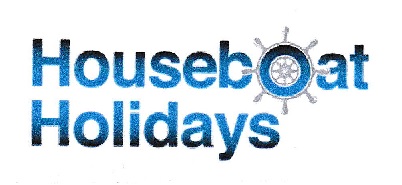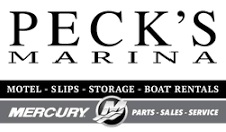Returning Species
Returning Species
Returning Species: This is a term that we have attributed to species that had previously inhabited the 1000 Islands ( extirpated ) and are now successfully returning the Islands and re-establishing sustainable populations.
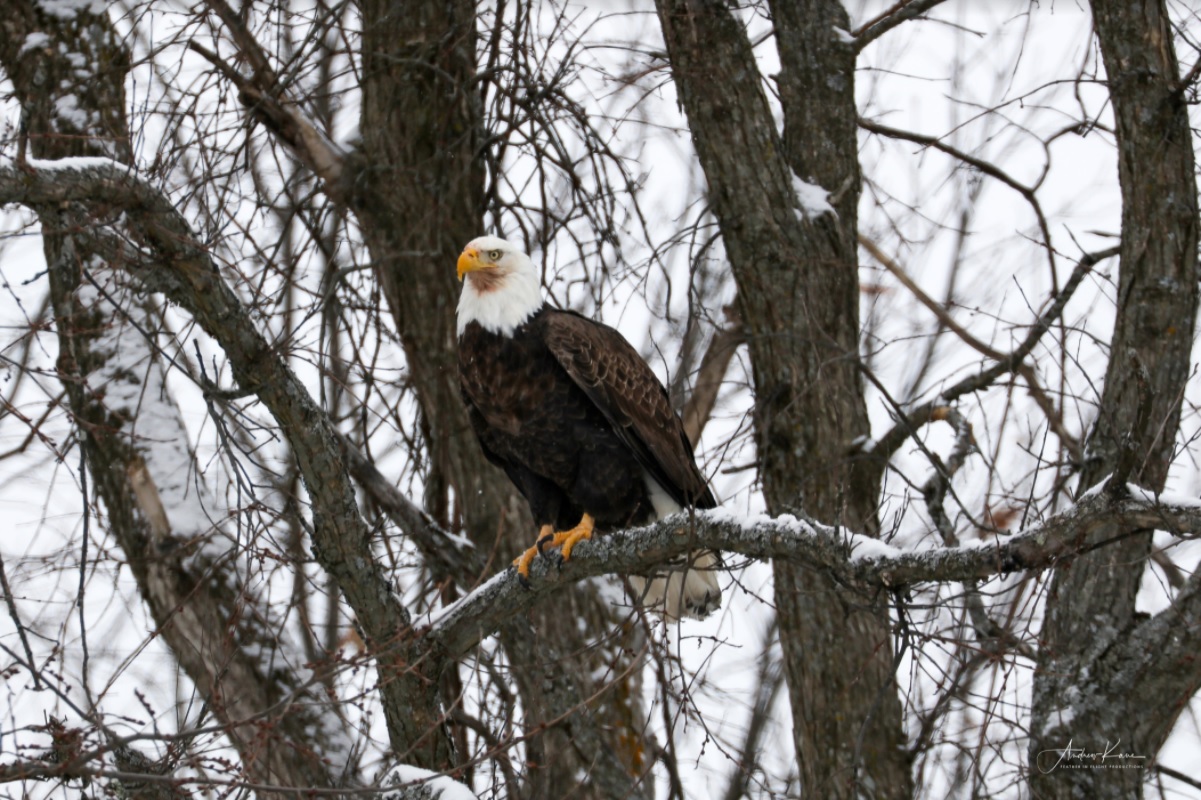
Photo credit to Andrew Kane and Feather in Flight Productions ©
Bald Eagle:
Some of the more common Returning Species that you will notice in the 1000 Islands are the Bald Eagles soaring overhead. They are not hard to tell apart from the many hawks and Osprey that we are so used to seeing. Bald Eagles can have an average wingspan of 80 inches while Osprey average out at 60 inches.
More info to follow soon.
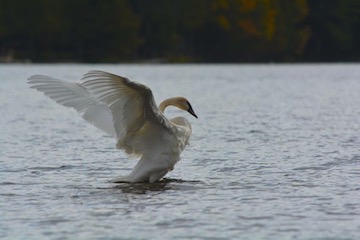
Photo credit to Stuart Arnett ©
Trumpeter Swan:
Swans have made a huge comeback in the 1000 Islands, but it is important to note that there are actually 3 distinct species of swans that inhabit North America, and all 3 visit the 1000 Islands.
Click here to read more about trumpeter swans.
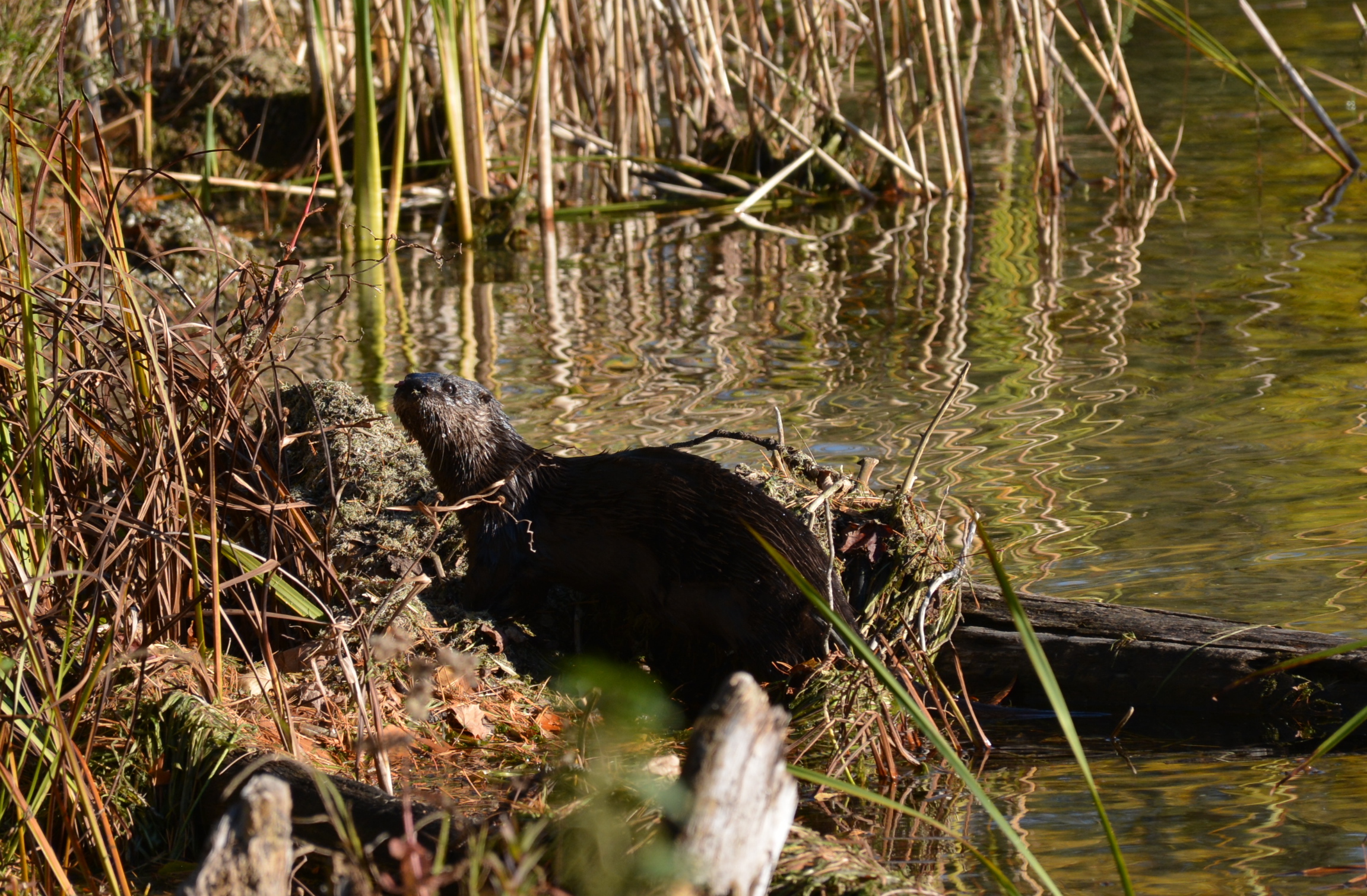
Photo credit to Stuart Arnett ©
River Otter:
River Otters are the fun mammals of the 1000 Islands. Curious, playful and excellent swimmers make them amazing animals to watch and photograph. They are gradually becoming more popular throughout the many rivers of Ontario, and the St. Lawrence is no exception.
More info to follow soon.





